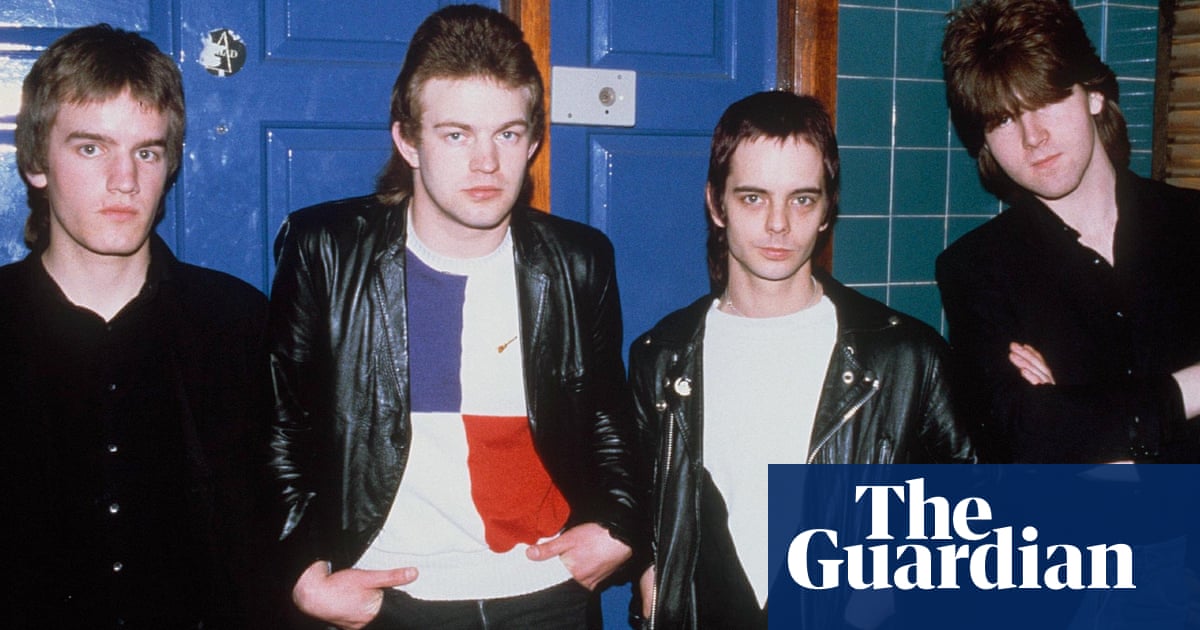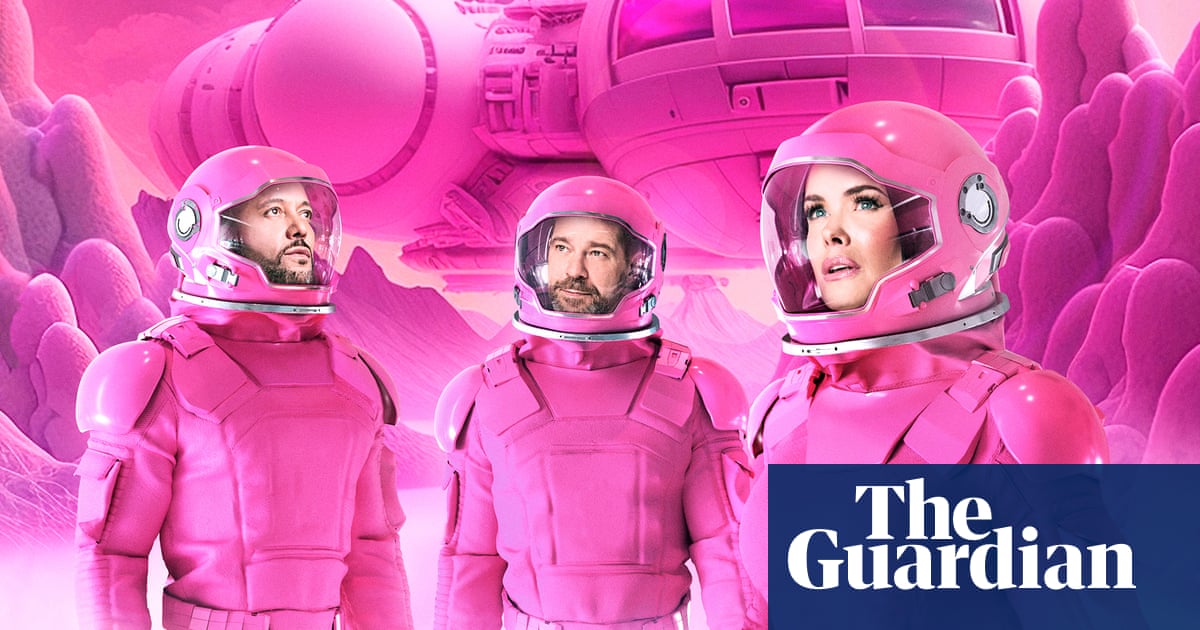
Dave Fenton, singer/songwriter
The Beatles were the first band I saw, at the age of 10 at the Gaumont cinema in Bournemouth in 1963. I couldn’t hear a bloody thing because of the girls screaming. After that, I wanted to be in a band.
Fourteen years later, I was working as a lawyer in Guildford when punk came along with its “anyone can do it” attitude. The Vapors started off playing to two men and a dog, but one night at the Three Lions in Farncombe we pulled in 20 people and one of them was Bruce Foxton from the Jam. He offered us two gigs on the Jam’s tour, in massive venues. We were third on the bill and got an encore, so Bruce and John Weller [father of singer Paul and manager of the Jam] offered to manage us and got us a record deal.
I wrote Turning Japanese in my flat, but couldn’t get the chorus right. One night, I woke up at 4am with the words “Turning Japanese, I think I’m turning Japanese” in my head. I wrote them down, then fell asleep, and the lines still worked for me the following day. I was interested in Japanese culture and we had a song called Letter from Hiro, named after a photographer we met in Japan. But the words and the song’s title didn’t really mean much. It was intended purely as a love song. The protagonist is sitting in his bedroom, which has become like a prison cell, pining over a photograph of his ex-girlfriend. I drew on my own experiences of being dumped.
Our drummer didn’t like the song. When we were recording it he just went “Boom! Splat!” but it sounded great and we kept it for the middle eight. We started the song with an “oriental riff” which was quite common back then. You can hear one in Carl Douglas’s Kung Fu Fighting. John Peel played the single, then Dave Lee Travis started playing it on the Radio 1 Breakfast Show and then one day I woke up with my radio alarm playing my song. We were No 1 in Australia and had a bigger US hit than the Jam.
When people ask if the song’s become an albatross, I say no. I’m pleased it happened to us. I’d rather be a one-hit wonder than a no-hit wonder.
Vic Coppersmith-Heaven, producer
John Weller and Bruce Foxton gave me a Vapors demo tape while we were working on the Jam’s Setting Sons album. I played it in the car in the early hours of the morning while driving home – and was not inspired. John was sweetly insistent at the Setting Sons recording sessions. He’d hang over the mixing desk and when he caught my attention would remind me that I had not yet replied to him about producing the Vapors. Eventually I turned them down, so they went off with another producer and released their first single, Prisoners, which didn’t chart.
Later, on another car ride, I delved into my pile of cassettes, found that Vapors demo and gave it another listen. I had been focused on the Jam, but now their album was in the final stages I was ready for something new – and this time Turning Japanese really caught my attention.
The song’s arrangement was different on the demo to the finished version. I met them and they played the track live, but when I suggested several changes to the arrangement there was this embarrassing and rather long silence. I’d just offered to leave the room when Dave Fenton said: “Well, I did have this other idea for guitar parts …” We progressed from there.
As a producer, you immerse yourself in a band’s original creation and trust that you don’t mess it up too much with your interpretation. As engineer and sound mixer for the Rolling Stones, I’d learned to strive for the best – they recorded Honky Tonk Women five times before we decided on the final single.
I recorded the Vapors live to capture their energy, stripped everything down to the drums, then overdubbed it all again. I had no idea what the song was about. The main obstacle was convincing the band that having a producer on board with extra ideas would benefit the project. When it came out, the Jam’s Going Underground – which I’d also produced – was at No 1 and Turning Japanese was at No 3. That was a good week.












